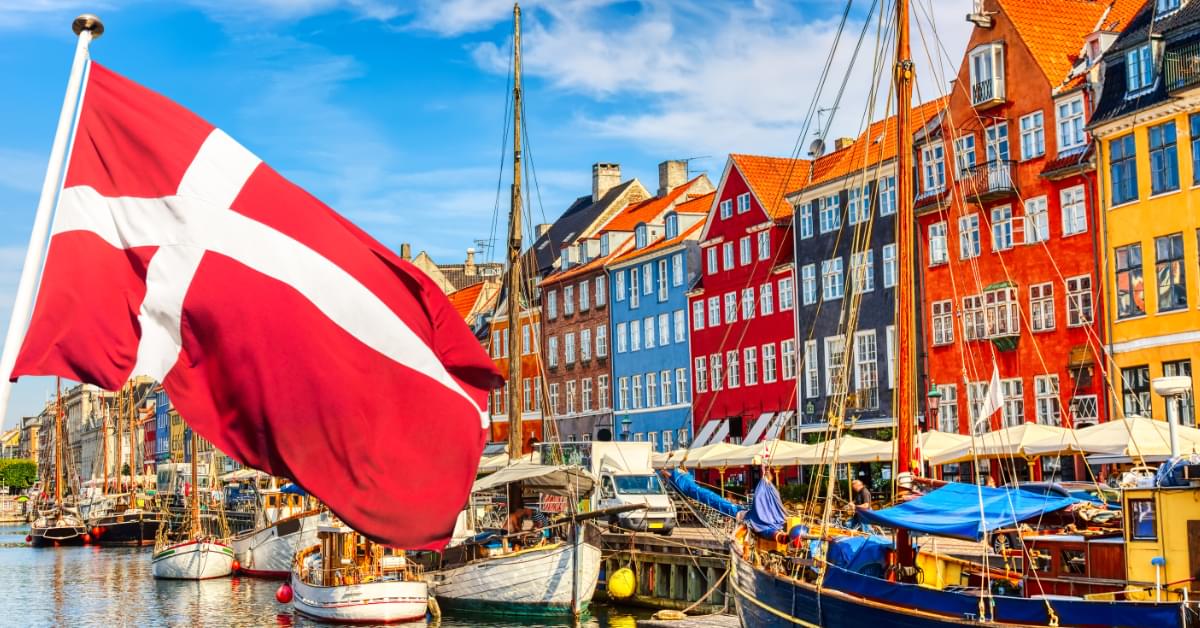
The increased awareness of climate change has triggered many governments and corporations to make an effort to become eco-friendly, or ‘green’. This means reducing waste, implementing more sustainable practices in their business, and generally reducing travel miles and fuel consumption.
Many large companies, such as Coca-Cola, have pledged to work towards becoming carbon neutral, with the drinks giant promising to reduce greenhouse gas emissions by 25% by 2030 and be fully carbon neutral by 2050. Amazon, Apple, Microsoft, Ikea, Unilever and Walmart have all made similar pledges.
This has come from consumer demand but also from governments contributing to the green economy and putting pressure on these corporations to change. Several governments have made pledges, hoping to contribute to the green economy and overall slow the progression of climate change and global warming.

What is the green economy?
Governments can do more than just reduce their own wastage and greenhouse gas emissions. A government can prioritise environmental principles and investments that support sustainable projects. If a government prioritises these initiatives, then corporations will be forced to follow, and businesses that are green will be able to grow significantly faster.
Governments can also support the public sector, which can foster social and environmental sustainability in the people and encourage general eco-friendly behaviour.
Greenest economies in the world
To measure how ‘green’ a country is, the Environmental Performance Index (EPI) is used. This index is an assessment of 40 different metrics, which are then collated into 11 categories:
- Air quality
- Sanitation and drinking water
- Heavy metals
- Waste management
- Biodiversity and habitat
- Ecosystem services
- Fisheries
- Acid rain
- Agriculture
- Water resources
- Climate change mitigation
There are multiple systems used to measure eco-friendliness, but the EPI is one that is internationally recognised. Using this system, here is the list of the 10 greenest economies in the world:
10. Iceland
EPI score: 62.8
Iceland is the 10th greenest economy according to the EPI, and is known for its commitment to renewable energy sources. Almost all of Iceland’s electricity comes from the natural geothermal activity of the country, as well as from hydropower. This makes up 85% of the nation’s total primary energy consumption, with the rest of the consumption coming from imported oil products.
Strict environmental and fishing regulations have also been put in place to protect the natural landscape and marine life of Iceland, which is essential to the Icelandic economy.
9. Switzerland
EPI score: 65.9
Switzerland generates 56% of its energy from hydroelectricity and then 39% from nuclear power, producing a very small amount of CO2.
The Swiss Federal Office of Energy (SFOE) has also pushed for the 2,000-watt society initiative, which is an environmental vision which aims to cut all citizens’ energy usage to 2,000 watts without reducing the standard of living. Switzerland has pledged to reach this goal by 2050.
The country has also placed a strong emphasis on waste management and recycling, and has a well-established network of trains and buses.
8. Austria
EPI score: 66.5
More than half of Austria’s electricity is produced by hydropower, which alongside wind, solar and biomass power plants, means the country produces around 63% of its energy renewably.
In terms of biocapacity (the level of biological resources held by a country compared to the human population), Austria also has double the world average, meaning that there is an abundance of natural resources available in the country.
7. Slovenia
EPI score: 67.3
A naturally biodiverse country, Slovenia is seventh on the list of the greenest economies and was the first country to be declared a Global Green Destination.
The country has also prioritised several sustainability projects and has the most amount of protected areas in the EU, with 36% of the country’s area being covered by protected parks.
6. Luxembourg
EPI score: 72.3
Luxembourg has consistently ranked on the Environmental Performance Index since 2012, and the capital Luxembourg City has been ranked as one of the most livable cities in the world. The government has also vowed to slash greenhouse gas emissions even further than they already have, aiming for a 55% reduction within 10 years and to have zero emissions by 2050.
The government has also set out to invest in renewable energy projects and encourage energy efficiency through various programmes and incentives.
5. Sweden
EPI score: 72.7
Previously top of the EPI index, Sweden remains one of the greenest economies in the world and a leader in decarbonisation. Hydropower contributes to 44% of total electricity production, and nuclear power 47%. Biofuels, peat and wind power make up the remaining 9%.
The government has also pledged to push for the removal of oil in the country, decrease the use of nuclear power, and invest heavily in renewable energy. Sweden was the first nation to introduce carbon pricing, which is a method for nations to address climate change.
4. Malta
EPI score: 75.2
Despite the relatively low adoption of sustainable energy, the small island nation of Malta still ranks highly on the EPI Index. This is because, in the last few years, the country has been pushing to improve its waste management systems, increase recycling rates, and expand into renewable energy.
It’s also down to the country’s prioritisation of tree cover protection, marine trophic index, the quality of the drinking water and the incredibly low N2O emissions.
3. Finland
EPi score: 76.5
Third on the list is Finland, which channels 43% of its power via renewable energy in the form of hydropower and various forms of biomass energy, and 40% through nuclear energy.
Finland’s government has committed to being carbon neutral by 2035, and has implemented strong environmental policies to reduce pollution and protect the natural landscape.
2. United Kingdom
EPI score: 77.7
The United Kingdom has made significant steps in the last few years to increase its renewable energy generation and has invested heavily in wind and solar power. The government has implemented policies to phase out coal power too, in order to prioritise cleaner forms of energy.
Energy efficiency is also a big part of the UK, and homeowners are encouraged to adopt renewable technologies such as solar panels and improved insulation. Single-use plastics have also been restricted heavily.

1. Denmark
EPI score: 77.9
Denmark is officially the greenest economy in the world.
Making substantial progress in renewable energy sources such as wind power, the government has implemented a range of policies to affirm its stance on efficiency and sustainability. Copenhagen has become an eco-friendly capital and is known for its bikes and offshore wind farms.
Reportedly, the authorities of Copenhagen have pledged to neutralise 100% of all the city’s polluting emissions by 2025.
The progression towards the green economy is the priority now for most nations as the climate crisis deepens. Read our blog to keep up on international news and economy updates, and make sure you sign up to receive daily or weekly market news straight to your inbox.
Caleb Hinton
Caleb is a writer specialising in financial copy. He has a background in copywriting, banking, digital wallets, and SEO – and enjoys writing in his spare time too, as well as language learning, chess and investing.



